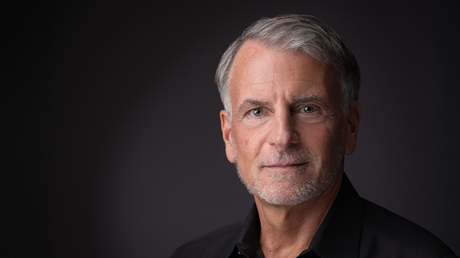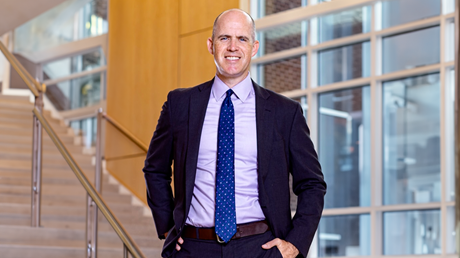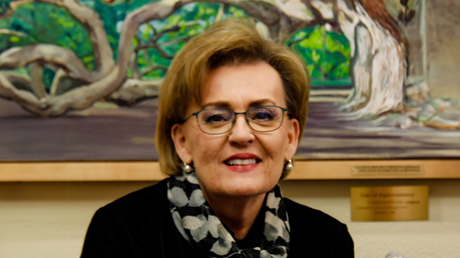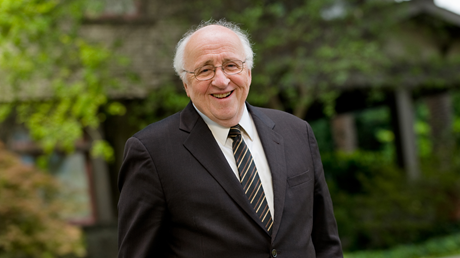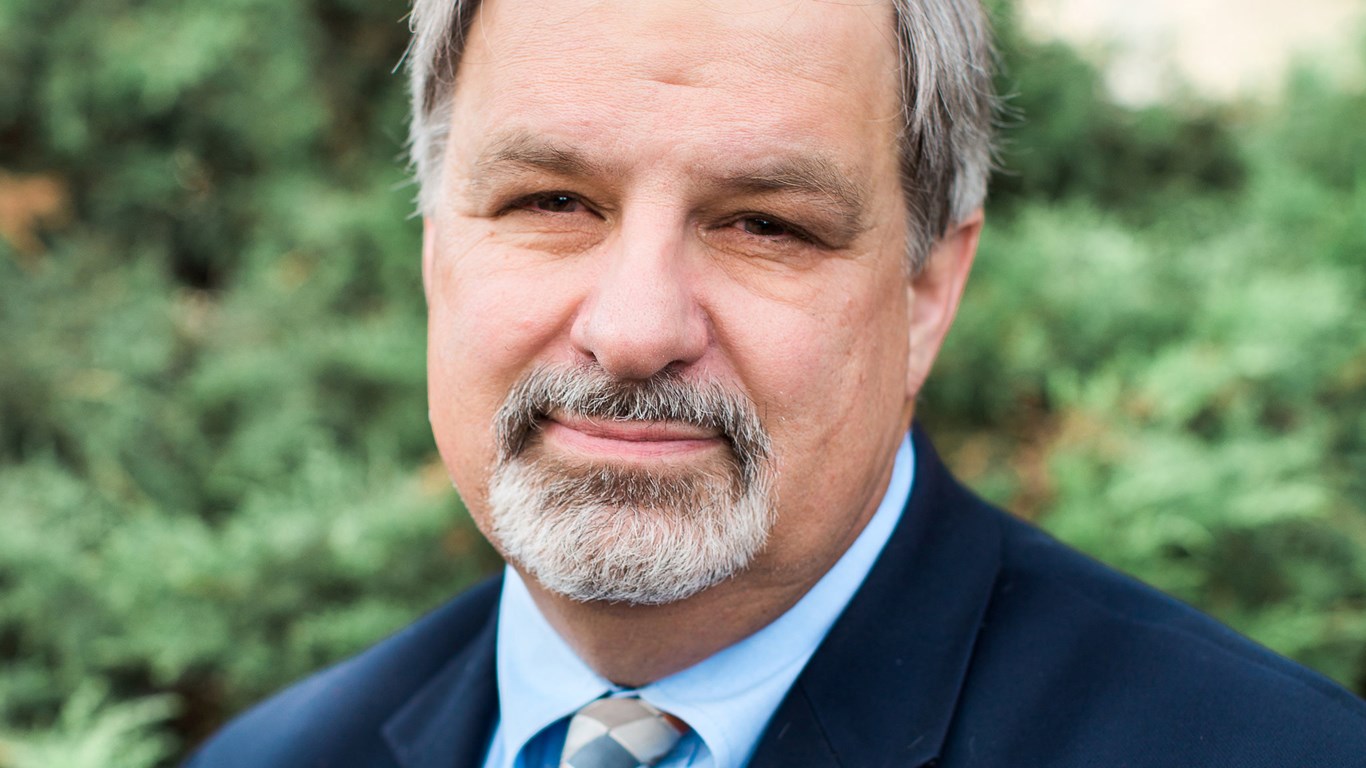
Will you help encourage and connect the church?
Give NowWill you help encourage and connect the church?
Give NowDon't like what someone says? Write a rant about how stupid he is. Think a coach is doing a bad job? Start a website entitled "Fire Coach XYZ!" Looking to gain web traffic on your site? Publish an attack on a public figure.
Edward Wasserman, Knight Professor of Journalism Ethics at Washington and Lee University, was quoted recently in Scientific American as saying, "Unfortunately, mainstream media have made a fortune teaching people the wrong ways to talk to each other, offering up Jerry Springer, Crossfire, Bill O'Reilly. People understandably conclude rage is the political vernacular, that this is how public ideas are talked about."
Christians contribute to this caustic rhetoric. Indeed, some say we're worse, because we let our self-righteousness get the better of us; we too easily believe that God is on our side even in the smallest matters, and that our righteous anger must be vented.
Of course, there's a lot that is making us angry. From pornography to cable TV, from overcrowded prisons to desperate refugees, from philosophers of nihilism to deconstructing theologians, from the blandness of suburbia to the decay of the inner city—there is a lot of ethical, social, political, and theological ugliness in the world.
But in the ugly deserts of our times, God still fashions rivers that can make our hearts glad. In a world under assault by the Evil One, he plants the church. In a universe of disheartening words, we believe our cause at Christianity Today is to point people to the unimaginable beauty of the gospel.
This has been Christianity Today's strength for decades. In our various publications, we practice a journalism that encourages sympathy and compassion. We encourage vigorous but respectful debate. We encourage trust. We seek in word and deed to know and live the truth—a truth characterized by love, and by one person, Jesus Christ. In Christ, as expressed in the classic orthodox faith, we see most clearly the truth which is beautiful, and the beautiful One who is the way, the truth, and the life.
A recent email from a faithful, if unusual, subscriber of ten years puts it well:
Throughout the years, I found your magazine to be informative, intellectually challenging and stimulating. I especially enjoy your theological pieces—even if, at times, I might not agree with them wholeheartedly.
Now, less you think it's a another standard thank you email—I'm an openly gay minister ordained in the United Church of Christ and serving a congregation in Massachusetts, and I consider myself a liberal evangelical. So I guess I don't fit your standard target group.
Even so, I just wanted to let you know that I really enjoy your magazine and thank God for your ministry. Some of your theological pieces make it into my Sunday sermons. Your unwavering commitment to Christianity and its theology is so refreshing, and I look forward to every new issue. Your last editorial "Sex Without Bodies" was great—even if I made a page full of comments on why I do not agree with the author. However, the article displays the best part of your ministry: respect for others, your convictions, and grace for all.
That's the effect CT wants to have on our readers and on our world. We believe that our world more than ever needs excellent journalism grounded in Beautiful Orthodoxy—our ministry's message and our cause.
Sketching Beautiful Orthodoxy
When we use the phrase "Beautiful Orthodoxy," what exactly does it mean?
The word orthodoxy is meant to suggest something that encompasses more than right belief. At CT, we understand the orthodoxy in "Beautiful Orthodoxy" to embrace a large vision of the Christian life.
It certainly includes right doctrine, those classic Christian beliefs that are not just grounded in the Bible, but also theologically fitting, apt, and harmonious—the qualities of beauty. But it also refers to the life of the Christian faith: what might be called "beautiful orthopraxy." We see this in the holy disciplines of the desert fathers, the energy of the monastics, the creativity of a St. Francis, and the devotion of early Methodists, among many others. We see it also in the vision of social righteousness as outlined by William Wilberforce, Hannah More, Martin Luther King Jr., and others.
Beautiful Orthodoxy also has a spiritual dimension, displayed in the contemplatives from Teresa of Avila to Richard Foster.
And Beautiful Orthodoxy is reflected in the arts as they witness to the true, the good and beautiful gospel through music, painting, sculpture, architecture, and writing.
To overly simplify Plato, all truth points to the transcendent Truth; all good points to the transcendent Good; all beauty points to the transcendent Beauty. For the Christian, the transcendent trinity of truth, goodness, and beauty have their source in the Holy Trinity. Furthermore, that truth, goodness, and beauty are not abstract ideas as much as a person, Jesus Christ, who is the fullness of life and in whom the fullness of deity dwells.
All of Christianity Today's publications emphasize one aspect of the true, the good, and the beautiful gospel that make up Beautiful Orthodoxy. For example, those practicing investigative journalism highlight beautiful truth. Those teaching how to live a holy life in Christ emphasize the beauty of goodness.
Beautiful Orthodoxy Played Out
Beautiful Orthodoxy plays out from the way we title our content to how we present it through design, sending a message of hope. It plays out in the types of pieces we commission that point to the beauty of the gospel vision for human life—making the case for the Christian tradition's relevance to contemporary life. We actively argue for the beauty of the Christian vision in places where it is lambasted as oppressive.
To highlight Beautiful Orthodoxy is to highlight grace. Evangelical writing is littered with "should" and "ought to," but so often in a way that the ethical drowns out the theological, the law blares while the gospel hums as background noise. Every age needs to hear this message loud and clear: We are saved by grace through faith, and this is not of our own doing (Eph. 2).
This doesn't mean that we remain silent about where the church or our world might be failing—we're interested in the true as well as the beautiful, after all. Nor does it mean we never have edgy or provocative content. Nor does it mean we should abandon critical nuance. It does mean that our shaping of articles is driven ultimately by gospel hope.
When you, our reader, finish one of our publications' articles or issues, our hope is that you are not deflated or fearful or confused, but enlightened, inspired, and grateful.
We do not have to fantasize that through our content, all bitter Christians will become sweet and our ugly world will become a palace of fine arts. And yet, in the midst of our ugly world, Christianity Today offers an oasis of the true, the good, and the beautiful. We present journalistic resources to inspire churches, ministries, and Christian leaders to paint their corner of the world with the kaleidoscope of shapes and colors that make up Beautiful Orthodoxy.
More: Our interview with President Emeritis Harold Smith with the back story of this ministry cause.
Learn more about Christianity Today's ministry cause of Beautiful Orthodoxy


